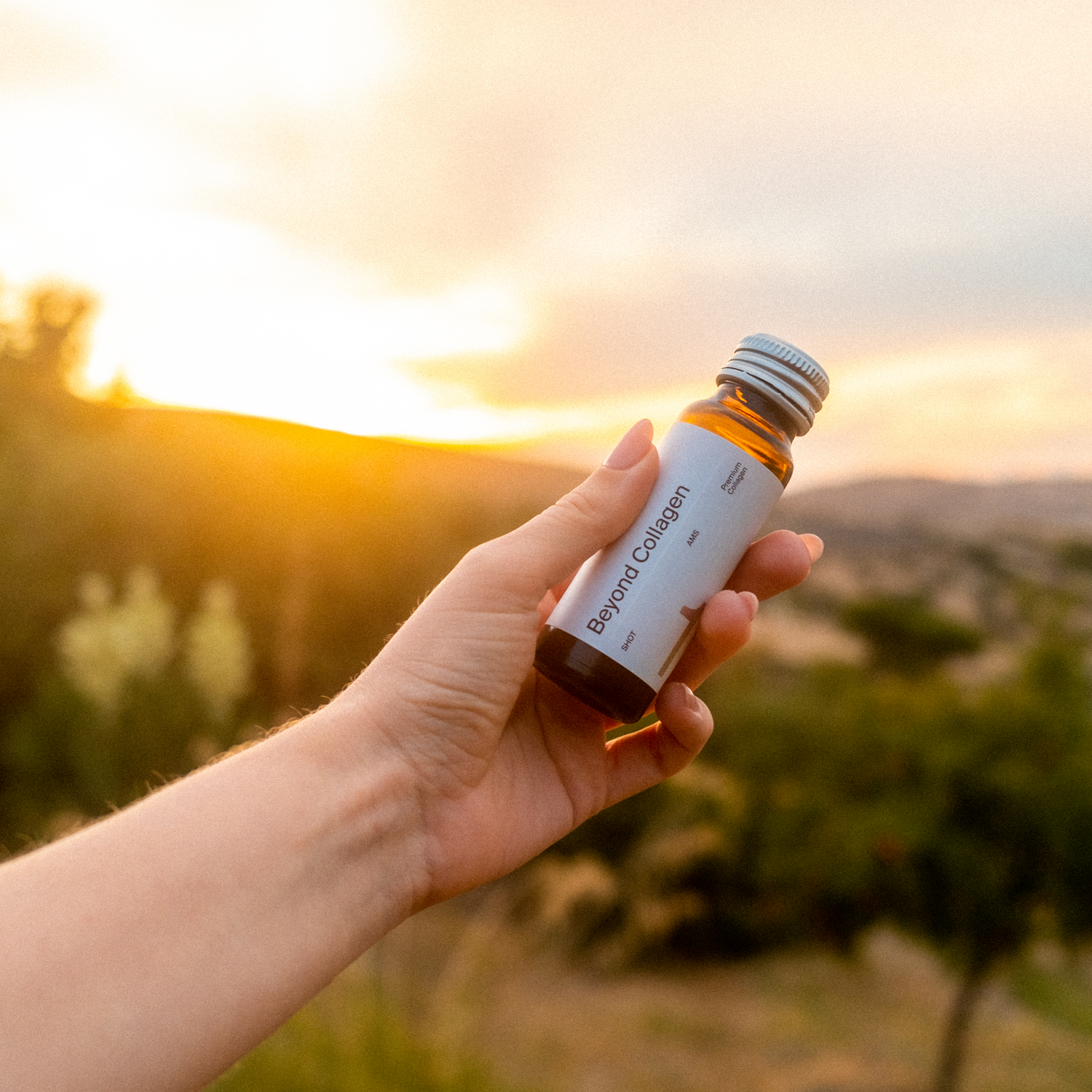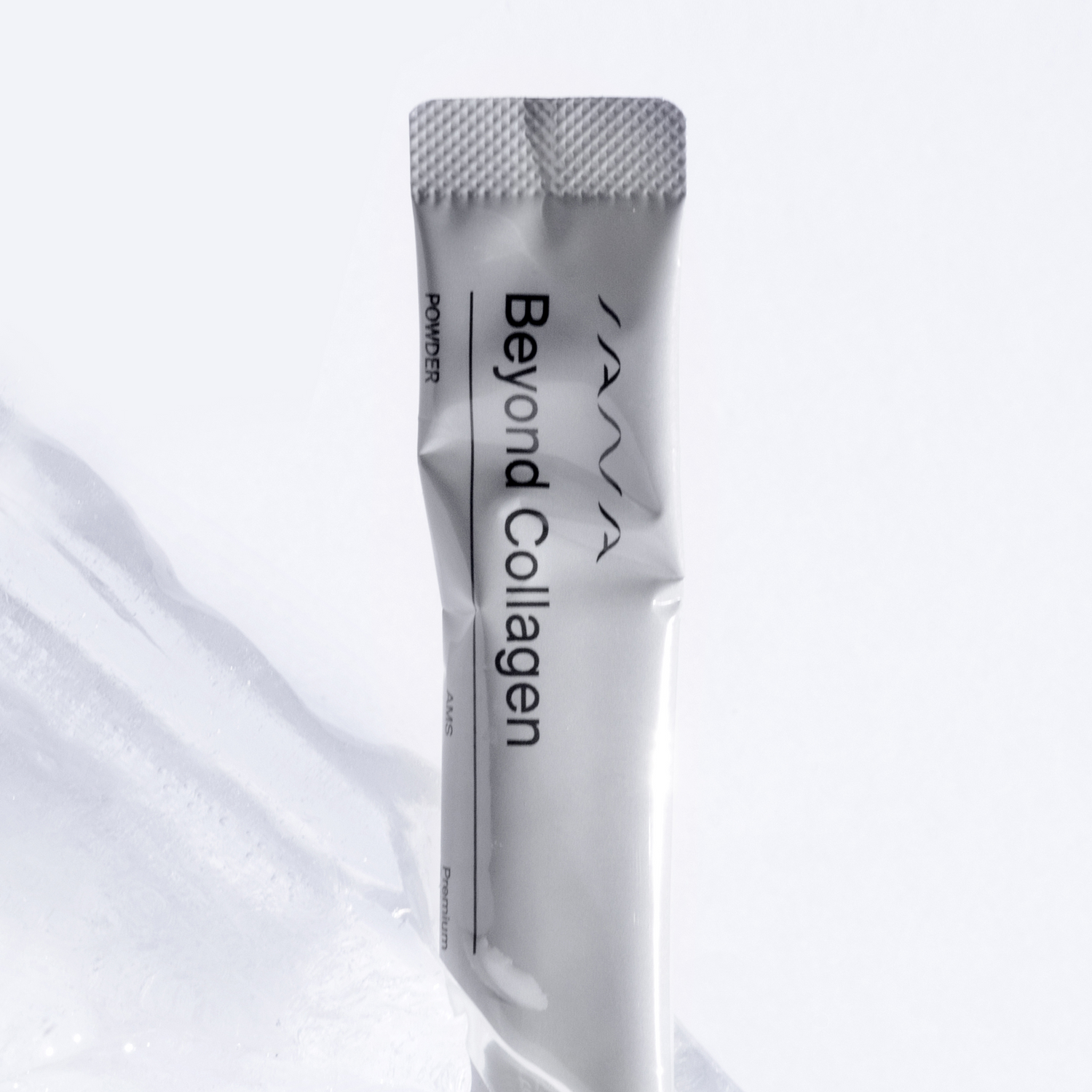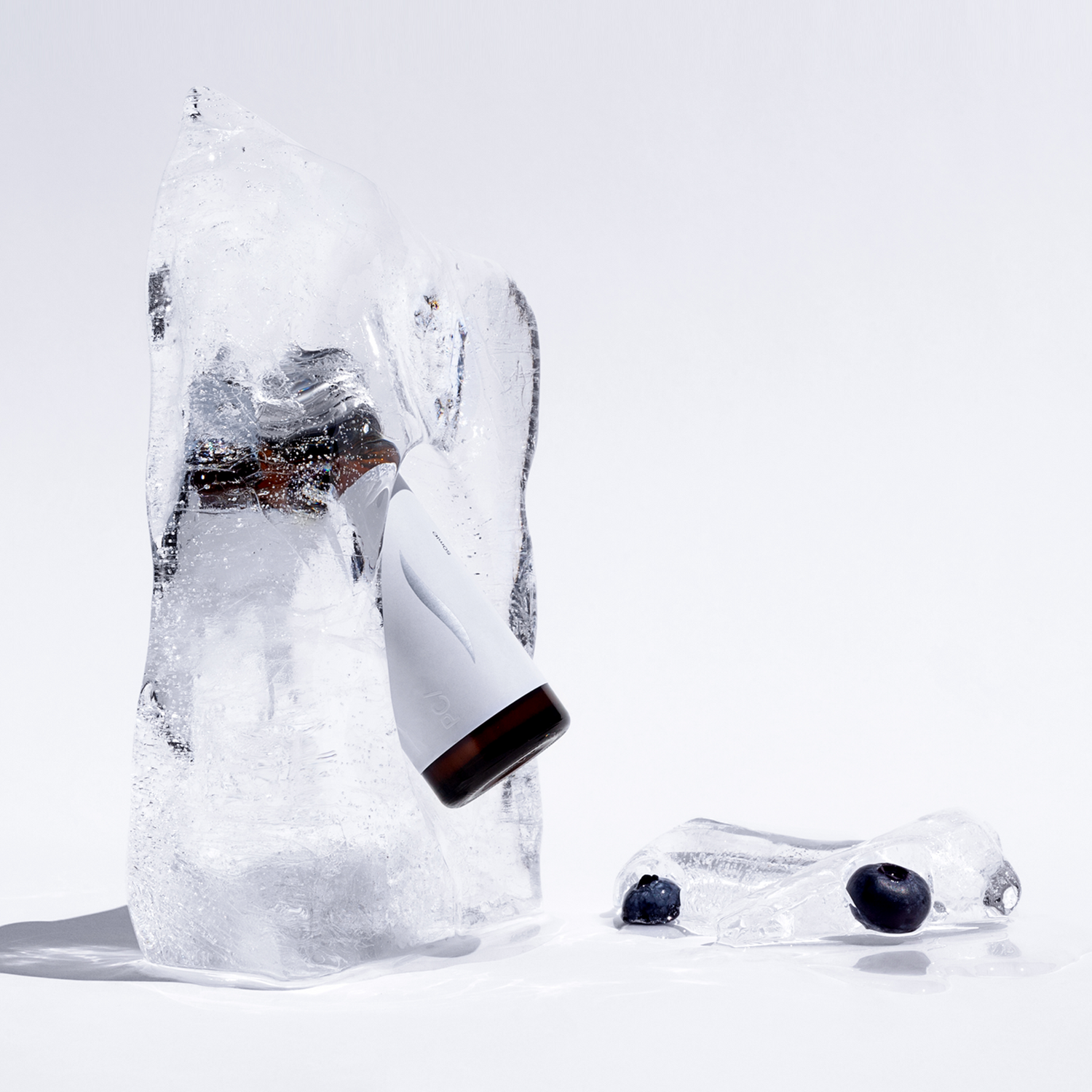The environment we live in plays a pivotal role in our overall health, including the health and integrity of our skin. Among the various environmental factors, UV (ultraviolet) radiation from the sun is perhaps the most influential when it comes to collagen structures. Collagen, the primary protein in our skin, provides elasticity, strength, and a youthful appearance. Let's delve into how UV radiation and other environmental factors impact this vital protein.
1. UV Radiation and Collagen Breakdown
When the skin is exposed to UV radiation, it accelerates the production of reactive oxygen species (ROS). These ROS, or free radicals, damage collagen fibers and activate enzymes called matrix metalloproteinases (MMPs). MMPs break down collagen, leading to the thinning of the skin and the formation of wrinkles.
2. Inflammation and Collagen
Extended exposure to the sun can cause skin inflammation. This inflammatory response can further break down collagen and elastin fibers, diminishing the skin's structural integrity and suppleness.
3. Photoaging vs. Natural Aging
While natural aging does lead to a reduction in collagen levels, photoaging, which is aging due to sun exposure, has distinct characteristics. Skin affected by photoaging shows signs like deep wrinkles, a leathery texture, and hyperpigmentation. Much of this is attributed to the profound impact of UV radiation on collagen structures.
4. Other Environmental Factors
While UV radiation is a significant factor, other environmental elements can also influence collagen health:
- Pollution: Pollutants can accelerate the production of free radicals, similar to UV radiation, damaging collagen.
- Smoking: Tobacco smoke contains chemicals that can reduce collagen production, leading to premature aging of the skin.
- Extreme Temperatures: Both excessive cold and heat can have detrimental effects on skin collagen, affecting its hydration and elasticity.
5. Protective Measures
To safeguard collagen structures from environmental factors:
- Sunscreen: Regular application of broad-spectrum sunscreen can protect the skin from harmful UV rays.
- Antioxidants: Using skincare products with antioxidants, like vitamin C, can neutralize free radicals, protecting collagen.
- Hydration: Keeping the skin hydrated can help maintain its barrier, offering protection against environmental aggressors.
- Avoid Smoking: Refraining from smoking can prevent many of the adverse effects it has on collagen structures.
Conclusion
While we cannot entirely escape the influence of our environment, understanding its impact on collagen allows us to take proactive measures. Protecting our skin from UV radiation and other harmful environmental factors not only preserves collagen but ensures radiant, youthful skin. For those seeking to further support their skin's collagen, products from SANA Amsterdam, with their premium quality, provide the necessary boost to your collagen levels and can help mitigate environmental damage as well as maintain your skin's vitality.







